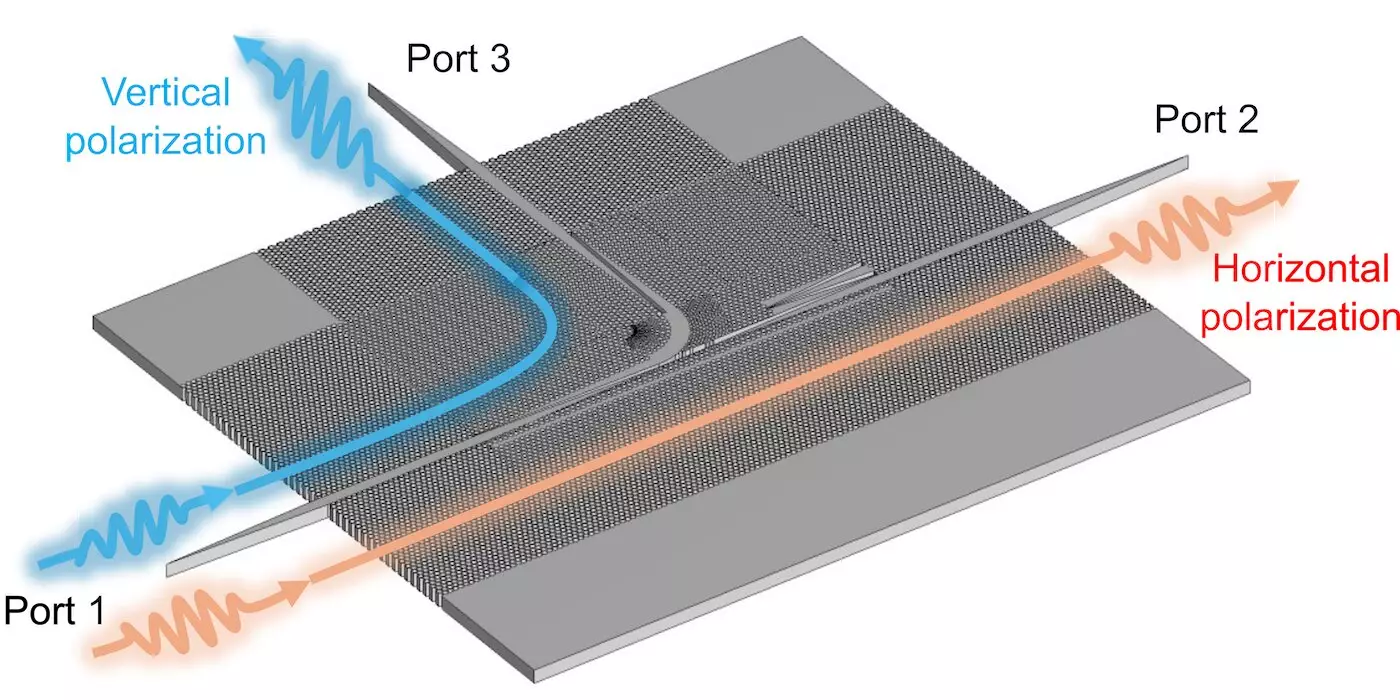As we stand on the cusp of a new era in wireless technology, the arrival of sixth-generation (6G) communications is not just a matter of better data speeds; it signifies a broadband revolution. With data demands soaring due to burgeoning technologies such as artificial intelligence, virtual reality, and the Internet of Things (IoT), the quest for faster and more efficient data transmission has never been more critical. At the heart of this advancement is the promising realm of terahertz communications, which operates within the terahertz frequency range, potentially offering data rates that vastly exceed those of current standards.
Terahertz (THz) frequencies, falling between microwave and infrared ranges, represent a largely untapped spectrum in wireless communication. This bandwidth opens the door to unprecedented opportunities for ultra-fast wireless data transmission. However, tapping into this potential has been fraught with challenges. Effective spectrum management is crucial, as the ability to maximize data flow while minimizing losses remains a key hurdle.
Recent breakthroughs in terahertz technology promise to transform this landscape. Researchers, notably from the University of Adelaide, have made significant strides in developing an innovative polarization multiplexer aimed at boosting the efficiency of terahertz communications. This device is designed to manage and utilize the extensive bandwidth available, essentially allowing multiple data channels to coexist within the same frequency range.
The polarization multiplexer represents a cutting-edge leap forward in wireless technology. By enabling simultaneous transmission of multiple data streams over identical bandwidth, it substantially increases communication efficiency. As articulated by Professor Withawat Withayachumnankul, who spearheaded the research, this advancement more than doubles data capacity while simultaneously minimizing information loss relative to existing technologies.
The device employs a substrateless silicon base, a notable innovation that not only enhances its performance but also makes it amenable to cost-effective manufacturing techniques. This aspect is crucial for potential large-scale production, which is critical given the public and commercial appetite for advanced communications technologies.
The potential applications of this polarization multiplexer are vast and impactful. Dr. Weijie Gao highlighted its importance in creating more efficient high-speed wireless networks that could serve a variety of industries—ranging from telecommunications to augmented reality. As the demands for high-definition video streaming and instant connectivity escalate, the ability to transmit vast amounts of data swiftly and reliably becomes essential.
Furthermore, the anticipated advancements in terahertz communication technologies could have profound implications for emerging sectors, such as enhanced imaging systems, advanced radar solutions, and smart devices linked to the Internet of Things. With the groundwork laid, it is clear that this technology will play a pivotal role in shaping the future of communication.
The implications of this research extend beyond immediate technological advancements. As Professor Masayuki Fujita articulated, overcoming the technical challenges related to polarization multiplexers could delineate a new research trajectory in the field of optics and photonics. Researchers and developers are expected to explore new applications and refine existing technologies, thus paving the way for a flood of innovations in the coming years.
Within the next few years, the team expects that we will witness the emergence of commercial prototypes and early-stage products, catalyzing widespread adoption of terahertz communications. As recent research indicates, widespread integration into various industries is anticipated within the next decade, promising to revolutionize the way we communicate, perceive, and interact with technology.
As we gaze into the future, the potential of terahertz communications represents more than just technical progress; it embodies a vision for an interconnected world ripe with possibilities. The successful development of the polarization multiplexer is poised to push the boundaries further, enabling unprecedented advancements across sectors. The road ahead is filled with promise, one that invites researchers, engineers, and innovators to participate in defining the next frontier of communication technology. This is not just a revolution; it’s the dawn of an entirely new way to connect.


Leave a Reply